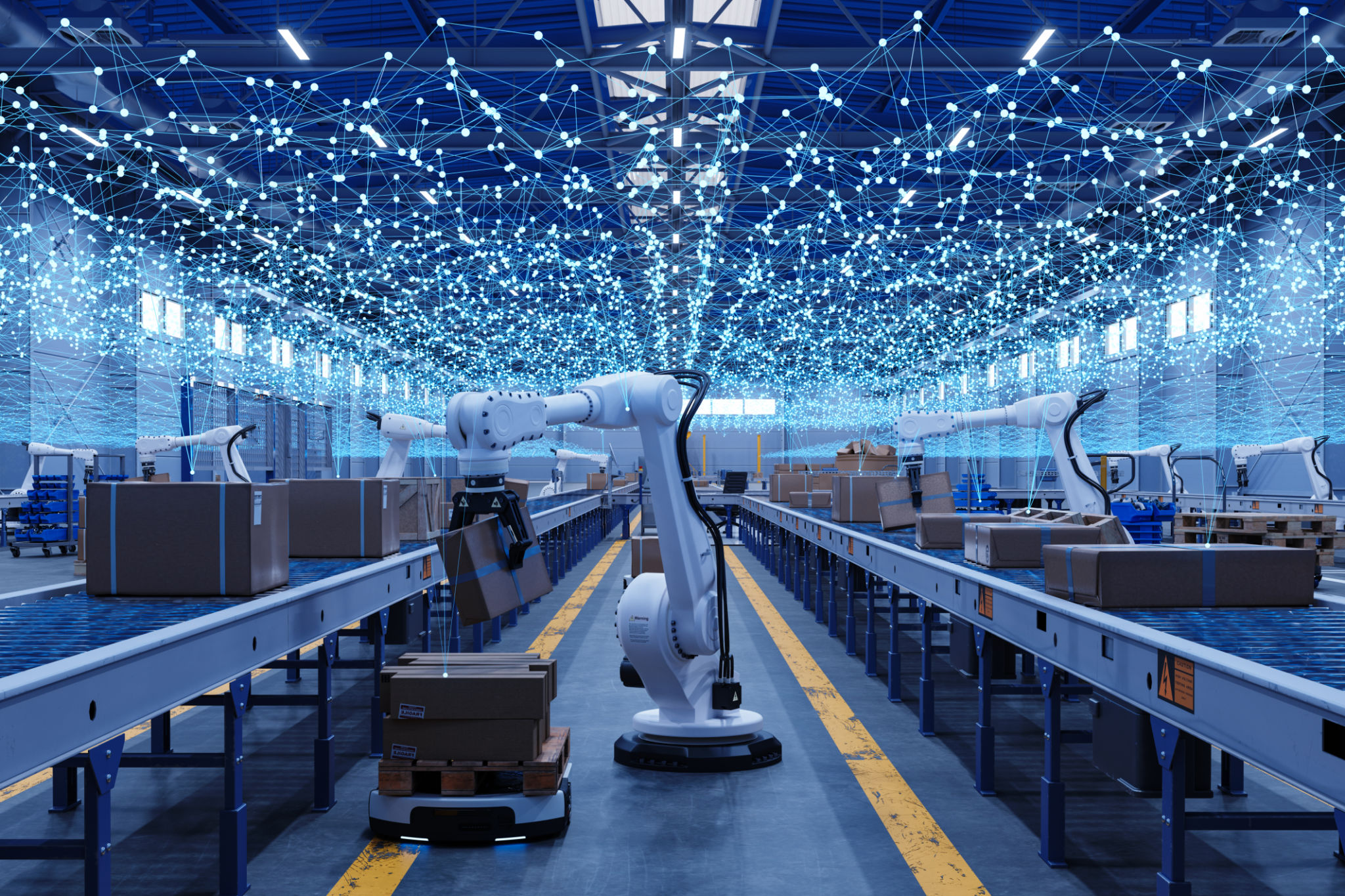Expert Insights: The Future of Manufacturing Process Optimization
Understanding the Current Landscape
Manufacturing process optimization has always been a cornerstone of industrial success. As industries evolve, the methods to enhance efficiency and output quality also transform. Today, manufacturers face challenges and opportunities brought about by rapid technological advancements. New tools and methodologies are reshaping how we approach process optimization.
The integration of digital technologies such as the Internet of Things (IoT), artificial intelligence (AI), and machine learning is driving significant change. These technologies allow for real-time data collection, analysis, and application, providing manufacturers with unprecedented insights into their operations.

The Role of Data in Optimization
Data is becoming a critical asset in manufacturing. Manufacturers are increasingly relying on data-driven decision-making to enhance production efficiency. By leveraging big data analytics, companies can identify patterns and trends that were previously invisible, enabling them to make informed decisions that improve processes and reduce waste.
Moreover, predictive analytics are helping manufacturers anticipate potential issues before they occur. This proactive approach to maintenance and process management not only reduces downtime but also extends the lifespan of equipment.

Embracing Automation
Automation is another major trend reshaping the manufacturing landscape. With advancements in robotics and AI, automation is becoming more sophisticated and accessible. Automated systems can perform repetitive tasks with high precision, reducing the risk of human error and increasing productivity.
However, the transition to automated systems requires careful planning and execution. It's essential for manufacturers to assess their current processes and identify areas where automation can provide the most benefit.

Challenges in Implementation
While the benefits of process optimization are clear, implementing these changes can be challenging. One of the primary obstacles is the initial cost of technology adoption. Investing in new systems and training staff can be significant, especially for small to medium-sized enterprises.
Additionally, there is often resistance to change among employees who may fear job displacement or struggle with new technologies. It's crucial for businesses to address these concerns through effective change management strategies and training programs.
The Future Outlook
Looking ahead, the future of manufacturing process optimization appears promising. As technology continues to evolve, we can expect further integration of advanced technologies such as blockchain for supply chain transparency and augmented reality for maintenance and training.
Furthermore, sustainability will play a more prominent role in process optimization. Manufacturers are increasingly focusing on reducing their carbon footprint and minimizing waste, aligning with broader environmental goals.

Conclusion: A Collaborative Approach
The future of manufacturing process optimization will rely heavily on collaboration between technology providers, manufacturers, and industry experts. By working together, stakeholders can develop innovative solutions that address both current challenges and future demands.
As we move forward, it’s essential for manufacturers to stay informed about technological advancements and be willing to adapt their strategies accordingly. Those who embrace change and innovation will be well-positioned to lead their industries into a new era of efficiency and productivity.